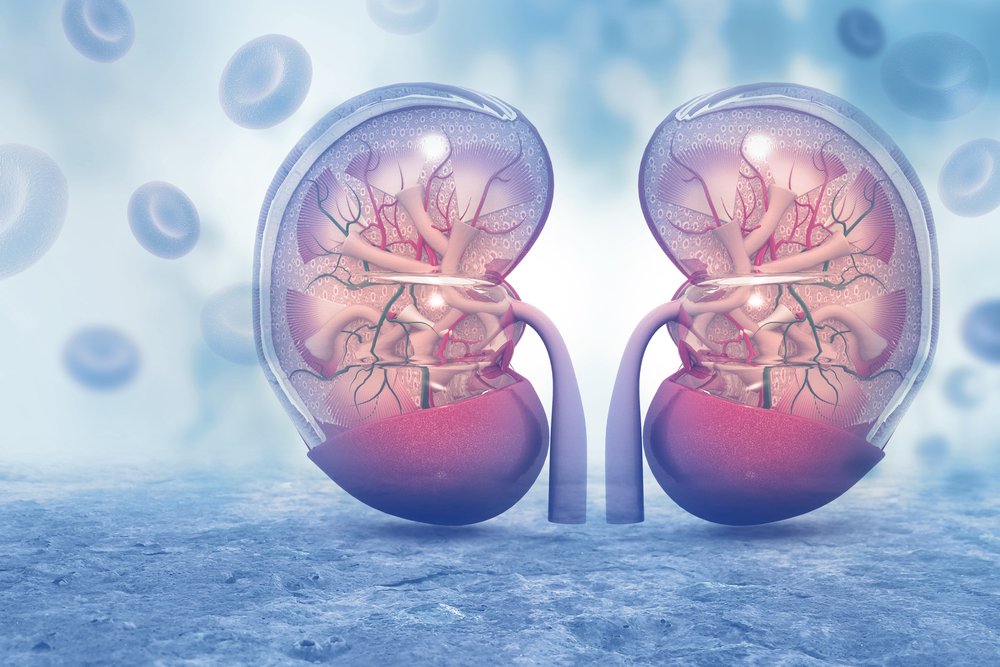Tacrolimus Safe and Effective Long-term Maintenance Therapy for Lupus Nephritis, Study Shows

Tacrolimus is an effective and safe alternative for the long-term maintenance of lupus nephritis, reducing the need for steroids, in patients who do not respond to other immunosuppressants, a five-year retrospective study shows.
The study, “Long-term effects of tacrolimus for maintenance therapy of lupus nephritis: a 5-year retrospective study at a single center,” was published in Rheumatology International.
Systemic lupus erythematosus is an autoimmune disease that causes excessive inflammation in various organs of the body. Up to 60% of patients develop lupus nephritis, severe inflammation of the kidneys that can lead to permanent kidney failure.
To avoid permanent damage, lupus nephritis patients often need long-term treatment even when they are not showing acute symptoms. This is called maintenance therapy.
Conventional treatments for lupus nephritis are steroids and immunosuppressants. Tacrolimus is an immunosuppressant that specifically targets immune T-cells. It is widely used after transplants and is effective as a short-term therapy for lupus nephritis patients. However, long-term data on the effectiveness and safety of the treatment were lacking.
To address this, researchers conducted a retrospective study involving 26 patients, ages 20 and older, who received tacrolimus over a period of five years. Of the participants, 15 had been diagnosed with lupus nephritis for more than 20 years.
Patients received prednisolone (a steroid) as an initial treatment, the dosage of which was gradually decreased. When the levels of prednisolone were under 0.8 mg/kg/day, maintenance therapy with tacrolimus was started.
During the study, researchers evaluated the progression of the renal response, evaluated by the lupus nephritis disease activity index (m-LNDAI) — which assesses measures of kidney function, including blood and proteins in urine, estimated glomerular filtration, and prednisolone dosage.
Secondary measures included renal flares (defined as a need for induction therapy, increase in urinary protein levels, or increase in creatinine levels), medication-related adverse events, progression to advanced chronic kidney disease, and death.
After five years of tacrolimus treatment, patients showed a significant improvement in kidney function, as measured by a decrease in the protein/creatinine ratio, glomerular filtration rate, and m-LNDAI. Prednisolone was also reduced to less than half the initial dose.
During the study, 17 patients got infections and three experienced tremors. After adjusting the dosage of tacrolimus, most patients continued the treatment. Three patients discontinued tacrolimus because of acute myeloblastic leukemia, tremor, or personal choice, but no patients died or developed kidney failure during the study.
“This study suggests that Tac [tacrolimus] is effective in the maintenance treatment of LN [lupus nephritis], especially in patients who do not respond to other immunosuppressants. The dose of Tac that was used in our study was well tolerated for long-term maintenance treatment in LN patients,” the researchers said.
The sample size for this study was small, so further studies are necessary to validate the results, according to the researchers.
“Large-scale studies with longer follow-ups that include patients with renal flare-ups, evaluate the preservation of renal function, and monitor the adverse effects of Tac are required,” they said.






